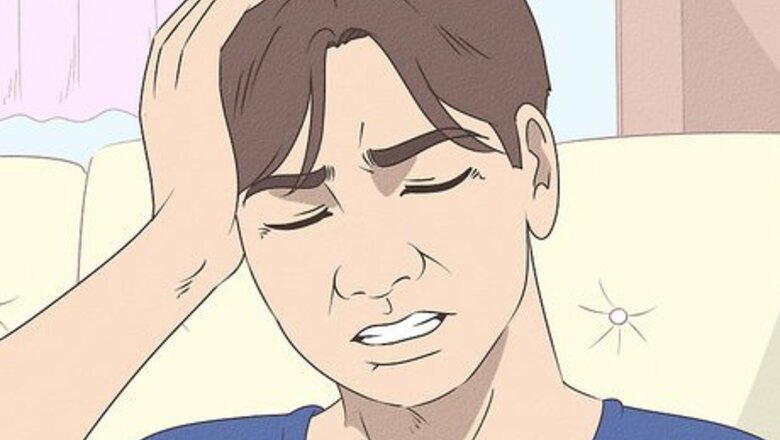
views
- Drink lots of water and eat something salty to raise your blood pressure when it gets low.
- Put on compression socks and elevate your legs to circulate your blood and increase your blood pressure.
- Check if you missed a medication, which can sometimes lower your blood pressure. If you did, take it immediately.
During an Acute Bout
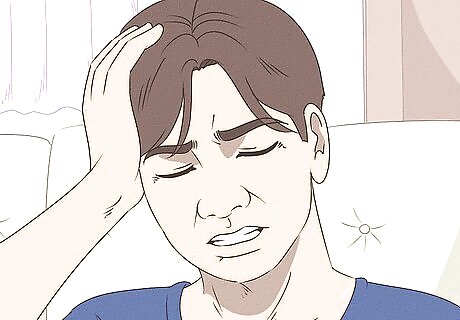
Assess the situation. If this happens often, it may be chronic. Consider the health of the person at hand. Is this a result of sickness? Was anything unusual going on at the time that could have had a lowering effect on blood sugar levels? What's more, stay relaxed. There may not be a bigger problem at hand. You will need to ascertain if the symptoms point to dangerously low blood pressure. Generally, the symptoms include dizziness, lightheadedness, unsteadiness, dimming or blurring of vision, weakness, fatigue, nausea, cold, clammy skin, fainting, and pale skin.
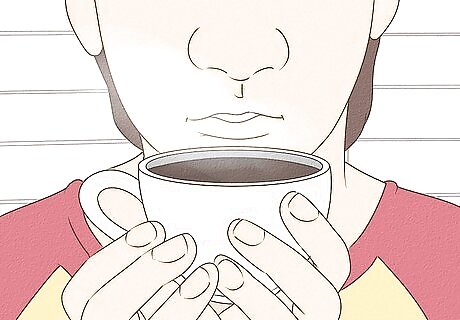
Brew a cup of hot black tea. Bring water to a boil and steep the tea for 5-7 minutes to get the full flavor. Add 1 teaspoon (4 g) of sugar for an added boost to your blood pressure. The increase will happen within 45 minutes of drinking the tea.
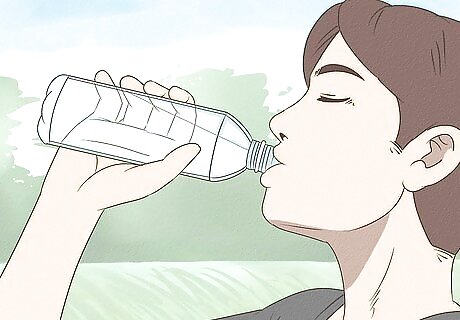
Insist the patient drink plenty of water or other fluids. When blood volume is increased and dehydration is alleviated, hypotension may disappear. Sports drinks containing electrolytes return lost minerals to the body, too. Drinking these or water will keep dehydration from happening. Another way of spiking blood pressure (temporarily, that is) is to drink caffeine. Scientists aren't quite sure how or why it does this, but it's thought that it either blocks hormones that widen your arteries or pumps up your adrenaline levels, directly causing a rise in blood pressure.
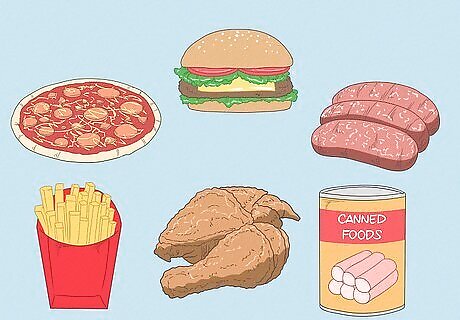
Provide something salty for the patient to eat. The excess salt helps make blood pressure rise. That's why heart patients are usually on low-sodium diets. Sodium is known to raise blood pressure (and sometimes greatly), so doctors generally recommend limiting it. Check with your healthcare professional before you up your intake -- if you consume an amount that's not good for you, it can lead to heart failure (especially if you're older).
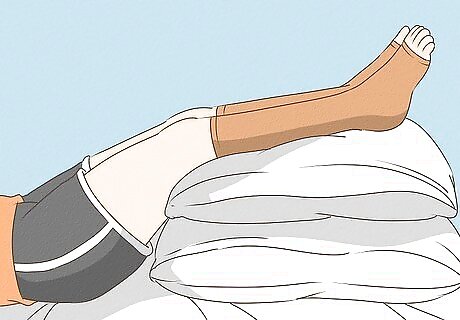
Think of circulation needs in relation to blood pressure. Raise the legs and put on compression stockings, if available. These are the same stockings that people use to reduce varicose veins and they're just as good for reducing blood pooling up in the legs.
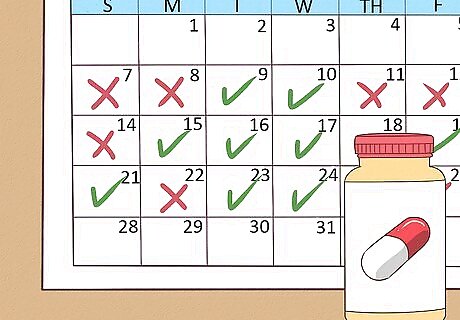
Determine whether or not the patient has missed necessary medications. The problem could easily be failure to follow doctor's orders. Many medications lower or heighten blood pressure, even if just as a side effect. Certain combinations can also be more powerful than when taken alone.
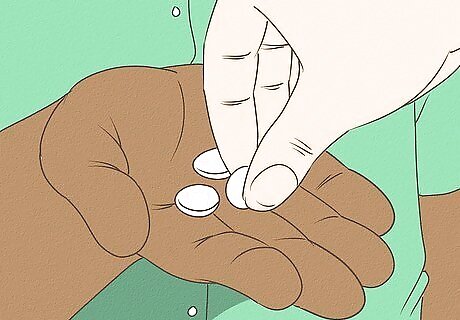
Give any missed medications to the patient. Make sure they (or you as the case may be) understand the importance of not missing doses. Or not taking too much! In addition to their regular meds, know that acetaminophen (Tylenol) and certain anti-inflammatories and anti-depressants can also spike blood pressure levels. If you have some readily available, consider adding it in this instance.
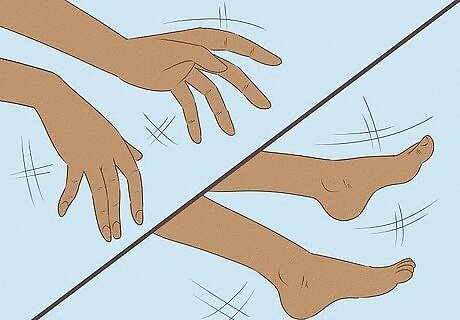
Pump your feet and dance around on your hands a few times before standing up. It's common for even healthy individuals to experience a dip in blood pressure when they rise after long periods of sitting. When going to stand (especially upon getting out of bed), sit up straight first and rise slowly. If you're able, get regular exercise to promote blood flow. If it's a chronic issue, keep up the exercise and eat small meals often.
Further Action
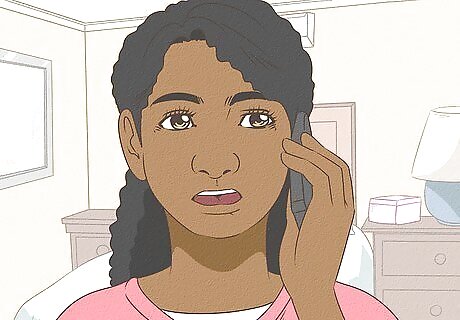
Contact the patient's physician if the blood pressure reading was dangerously low. A medical professional's advice will be invaluable in this situation. Thoroughly explain the circumstances of the lower blood pressure to the physician. If the patient can talk, have them describe the symptoms as vividly as possible. Do exactly what the physician suggests. In cases of dangerously low blood pressure, the physician may want the patient to go to the emergency room.

Take blood pressure readings, if possible, when the crisis is over. If it's still too low, you may need to seek further medical attention. Slightly below 120/80 is considered ideal.
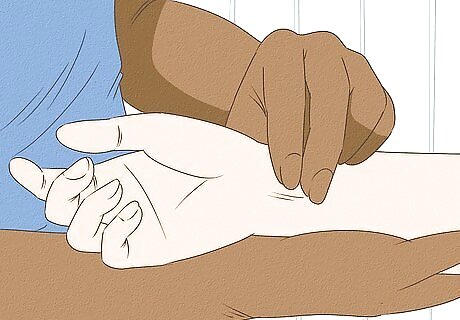
Reassess the patient and the readings after an hour to determine if the patient is out of the woods. Do they display any symptoms? How do they feel? Keep up the liquids even if they aren't thirsty.




















Comments
0 comment